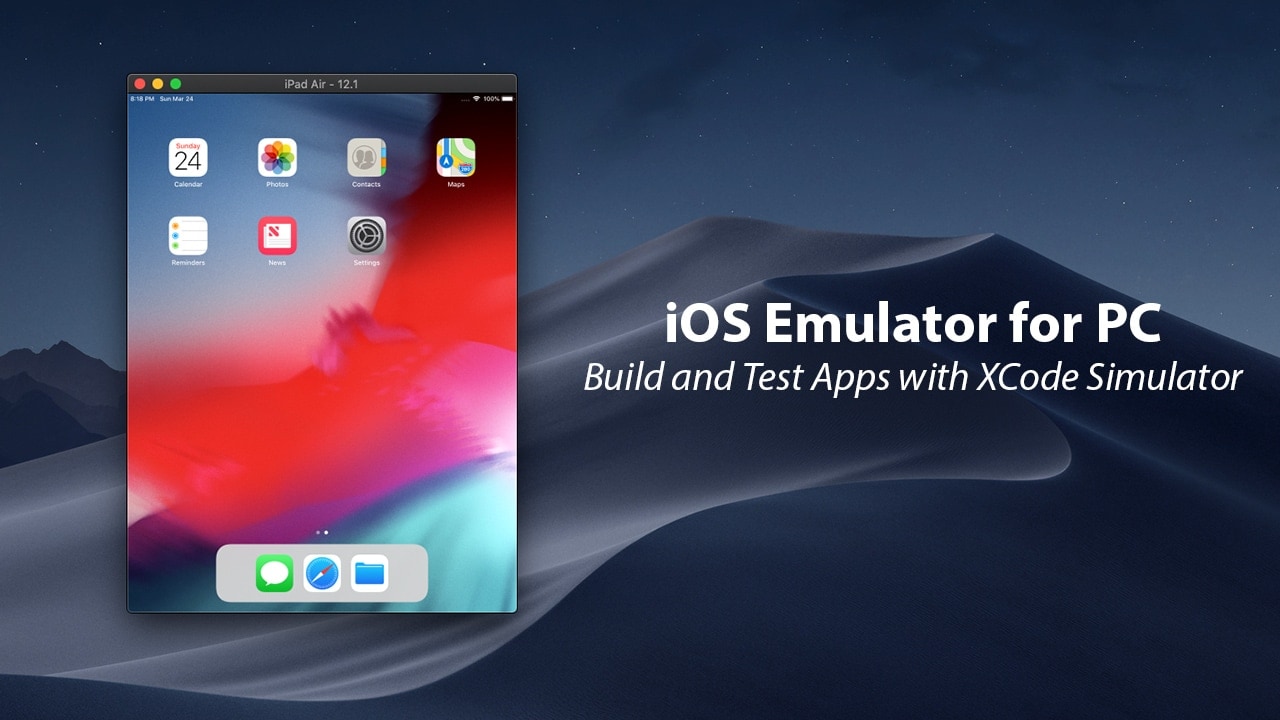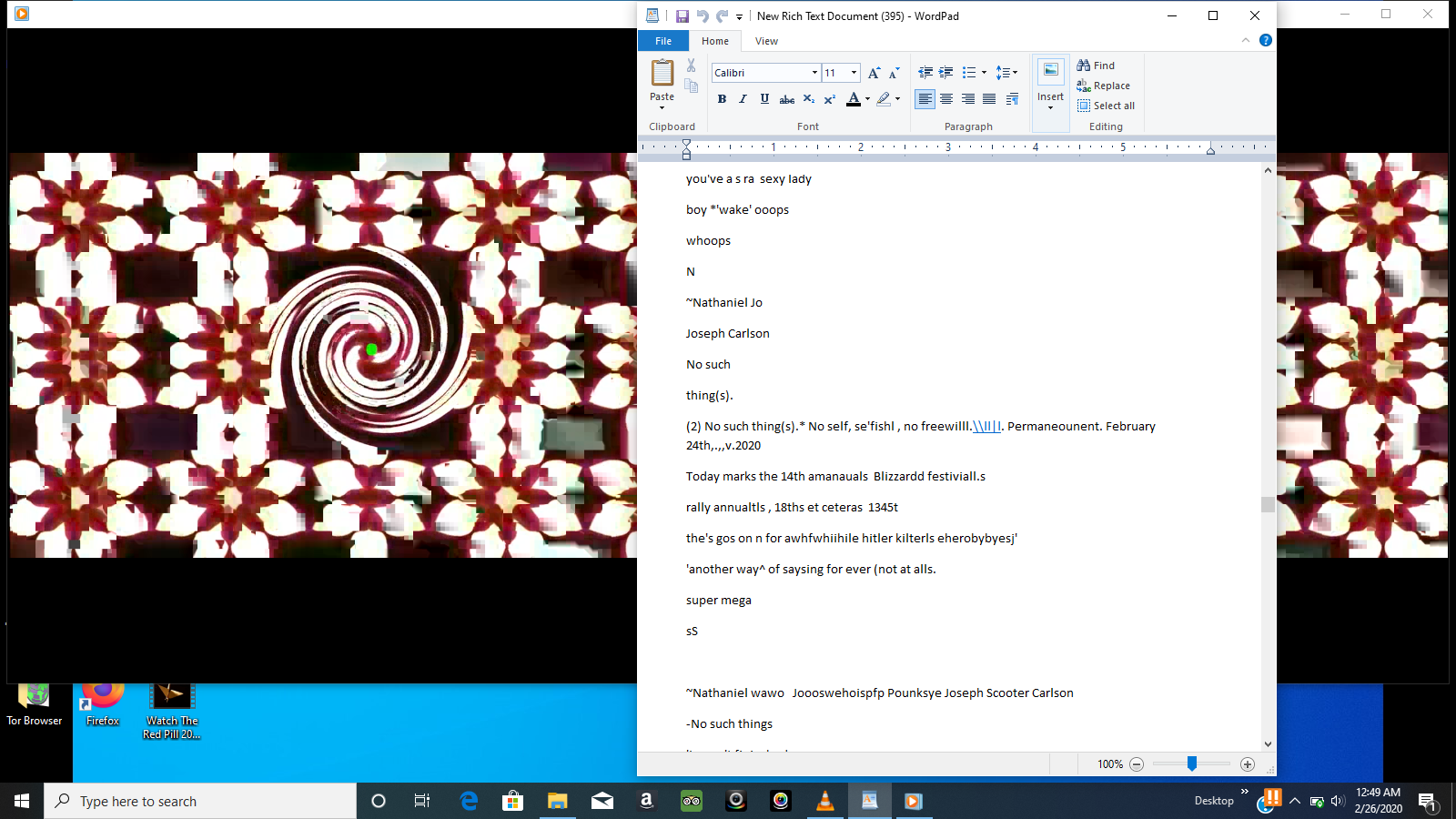- Sometimes the iOS simulator doesn't respond to commands to open. If it seems to be stuck on this prompt, you can open the iOS simulator manually (open -a Simulator) and then in the macOS toolbar choose Hardware → Device and select an iOS version and device that you'd like to open.
- The iOS simulator is designed to assist you in designing and testing your app. To run the app in simulator, include all the -simulator.a libraries in the SDK zip to the app's project folder. However, depending on the Mac hardware differences and the simulated iOS device/version differences, the audio communication may not perform the same as.
Yes, it’s completely possible. Assuming your VM is set up, open up the Mac App Store. Install Xcode from the Mac App Store, it’s free, but it’s a big download, so make sure you have something to do while it’s downloading. Because of side loading being blocked since macOS 11.3, I'm kind of stuck with macOS 11.2.3, but I would really like to upgrade. So I tried looking for alternatives, and iOS simulator from Xcode is what I think could allow me to run some iOS Apps on Mac.
Question or issue on macOS:
I’m writing an iOS app that acts as, among other things, a telnet server. Naturally, it begins listening for connections as soon as it starts.
When I run the app in the Simulator, Mac OS X (I happen to be on 10.7.3) prompts me to Allow or Deny my application to accept incoming network connections. This is the standard Firewall message that Mac OS X uses for all unsigned, networked applications.
I grow weary of clicking “Allow” fifty or more times a day, and so I seek a way of permanently adding my app to the Firewall’s list of permitted apps.
I’ve tried the following.
In the last step there’s a significant decision. You could add either the .app application package, or Show Contents on that package and add the “Unix executable” within. I’ve tried both approaches.
Interestingly, Firewall will in fact stop warning you about the app—for a while. After a few runs, however—it isn’t clear to me what event actually causes this change, but it happens within half an hour or so for me, generally speaking—Firewall begins warning about the app again.
How do I set Firewall to permanently Allow my iOS app?
Naturally, I could bypass this whole problem by disabling the Mac OS X firewall. I could also avoid ever again getting a splinter in my foot by chopping it off. Neither of these courses of action recommend themselves to me.
What would you suggest?
How to solve this problem?
Solution no. 1:
So we want to suppress the following dialog
Do you want the application “NNN.app” to accept incoming network
connections?
which appear on every activation of the Xcode iOS simulator.
I believe there is now a solution for that. Basing my answer on this blog.
Simply run the following commands in a Terminal window:
For me it worked. Please note simulator address is according to Xcode 8.
Solution no. 2:
Mac Os Ios Image Download
After dabbling with this for some time, I found that manually adding the executable itself to the Firewall “Allow” list gives the desired result. You don’t add the .app, but rather the “Unix” executable inside the .app’s Contents folder. I believed I had tried this file before without success, but currently it’s working.
Solution no. 3:
I think the best solution might be to script the process of okaying your app to the firewall.
If I recall correctly, the latest OSX firewall is actually clever about identifying apps and fingerprints the allowed binaries. This prevents the surprisingly effective tactic of just naming your malware “system32.exe” &c to evade the firewall. If that’s the case, your app will be (correctly) blocked for not being the same binary that was okayed, and there’s not really any way around it.
So, try scripting the firewall allowing process and incorporate that into the build process.
Solution no. 4:
I never had luck with manually adding the executable to the firewall’s allowed-list. Here’s a solution using an automated mouse click:

- Download CLIclick. (Thank you Carsten.)
- Put it in a suitable location, say
/usr/local/bin. - Get the
Allowbutton’s screen coordinates using ⌘⇧4. (In my example, these are x: 750, y: 600.) Create a script with this content (the
w:is the wait time in ms):(I couldn’t get
CLIclickto work without “moving” it to the same location (them:+0,+0part) and clicking again at the same spot withc:..)- Open Xcode’s
Preferences / Behaviorsand add the above script. - Enjoy!
Solution no. 5:

I don’t know if it is the right way but for me worked.
Mac Os Simulator Apk

Mac Os Simulator For Windows
- Turn off the firewall
- Connect with the iphone app to your mac
- Check if everything in the connection working
- Turn on the firewall